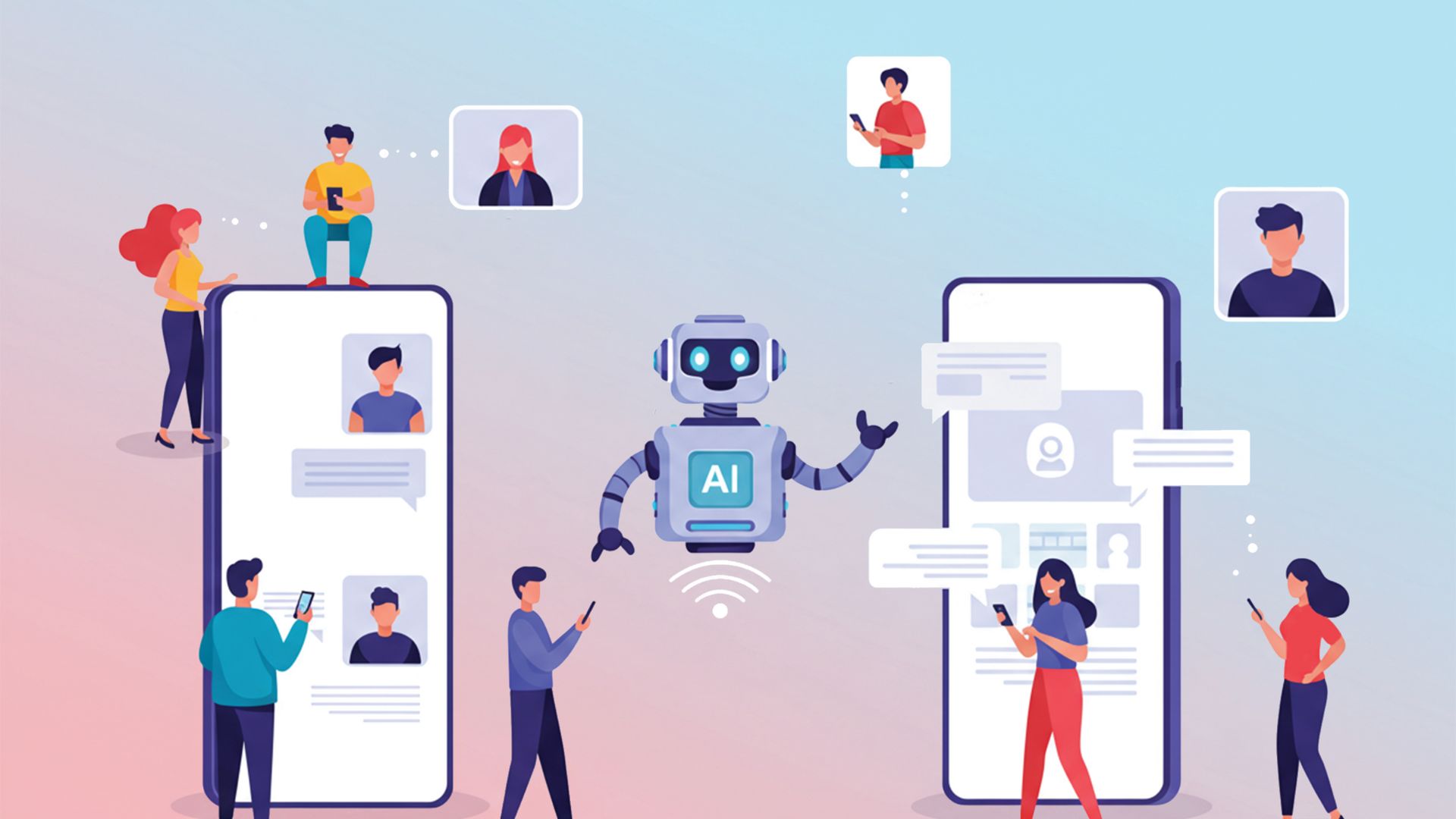In a fast-paced world where speed, personalisation, and convenience define success, AI-powered assistance has emerged as a breakthrough in the way people interact with businesses. From answering questions instantly to providing smart recommendations or resolving problems in real time, AI-powered assistants are transforming support and information access. They are setting new standards for efficiency and reshaping how customers and organisations engage.
But what does AI-powered assistance actually mean, and how can it transform both user experiences and business outcomes?
What is AI-Powered Assistance?
AI-powered assistance refers to the use of artificial intelligence technologies to deliver real-time, intelligent responses to user requests. These systems use natural language processing (NLP), machine learning, and knowledge graphs to interpret context and intent, then provide accurate and relevant information.
Unlike rule-based support systems that follow rigid scripts, intelligent virtual assistants learn and adapt over time. They improve with every interaction, adjust to individual preferences, and become more accurate as they gather feedback. This ability to evolve makes AI-powered assistance far more effective than traditional support tools.
Core Capabilities of AI-Powered Assistance
AI assistants provide a set of powerful capabilities that set them apart from older systems:
- Instant Responses: They scan knowledge bases, past interactions, and datasets in milliseconds, providing immediate answers without queues or delays.
- Smart Recommendations: They use behavioural patterns, history, and preferences to make tailored suggestions, from products to next steps.
- 24/7 Availability: They are always online, providing support across time zones without requiring large human teams.
- Scalable Support: They handle thousands of interactions simultaneously, maintaining speed and quality even during busy periods.
- Personalised Interactions: They remember past queries and context, creating conversations that feel human-like and personal.
These capabilities make AI-powered assistance more than just a customer service tool. They represent a shift in how users expect to find and receive help.
Real-World Applications of AI-Powered Assistance
AI-powered assistants are already embedded across multiple industries, driving value in different ways:
- E-commerce: Providing personalised product recommendations, guiding customers through checkout, and offering instant order updates.
- Healthcare: Answering symptom-related questions, helping patients book appointments, and directing people to the right information quickly.
- Banking and Finance: Sharing account details, providing transaction histories, and offering personalised financial advice on demand.
- Travel and Hospitality: Managing bookings, adjusting itineraries, and delivering real-time recommendations for destinations and activities.
- Public Services: Streamlining citizen enquiries, offering instant updates, and simplifying access to essential information.
These examples highlight the versatility of AI support tools in solving problems and improving engagement across sectors.
Business Benefits of AI-Powered Assistance
The benefits of adopting AI-powered assistance extend beyond better customer support. For organisations, the advantages are strategic and measurable:
- Cost Efficiency: Automating common queries reduces the need for large support teams, saving money and freeing staff for complex tasks.
- Improved Customer Satisfaction: Fast, accurate, and personalised interactions increase trust, loyalty, and retention.
- Higher Engagement: Conversational interfaces hold customer attention longer and drive higher conversion rates.
- Data Insights: Every interaction produces valuable data that can be analysed to improve products, services, and customer experiences.
- Brand Differentiation: Organisations offering seamless AI-driven support position themselves as forward-thinking and customer-focused.
By embedding AI-powered assistance into everyday operations, businesses can transform both the customer experience and their bottom line.
Best Practices for Implementing AI-Powered Assistance
Introducing AI support systems successfully requires planning and alignment with business goals. Some proven best practices include:
- Set Clear Objectives: Decide whether the primary focus is customer support, sales, onboarding, or retention.
- Train with Quality Data: Use diverse, accurate data sources to teach the system and ensure better performance.
- Integrate Seamlessly: Connect assistants with CRMs, helpdesks, and enterprise applications to enable end-to-end automation.
- Monitor and Adapt: Regularly measure performance metrics, track user feedback, and refine models to improve outcomes.
- Maintain Transparency: Clearly explain when customers are interacting with AI, and provide an easy option to escalate to human support.
Following these steps ensures that AI-powered assistance is not just implemented but embedded in a way that maximises long-term value.
The Future of AI-Powered Assistance
The next wave of development in AI-powered assistance will move beyond answering questions to anticipating them. With advances in generative AI, predictive analytics, and emotional intelligence, digital assistants will evolve into proactive partners that can:
- Predict user needs before they are expressed.
- Detect tone and sentiment to respond with empathy.
- Integrate across channels to deliver unified support experiences.
- Act as trusted advisors rather than simple information tools.
This shift will blur the line between human and AI-driven interactions, creating experiences that feel faster, more natural, and deeply personal.
Final Thoughts
AI-powered assistance is not just a technological upgrade. It is a fundamental shift in how support is delivered, how customers engage with businesses, and how organisations scale personalised service. From startups to global enterprises, those embracing AI-powered assistance are seeing benefits in efficiency, satisfaction, and growth.
The future of customer engagement is instant, intelligent, and interactive, and AI-powered assistance is leading the way. Now is the time for businesses to harness its potential and transform the way they connect with their customers.



Comments are closed